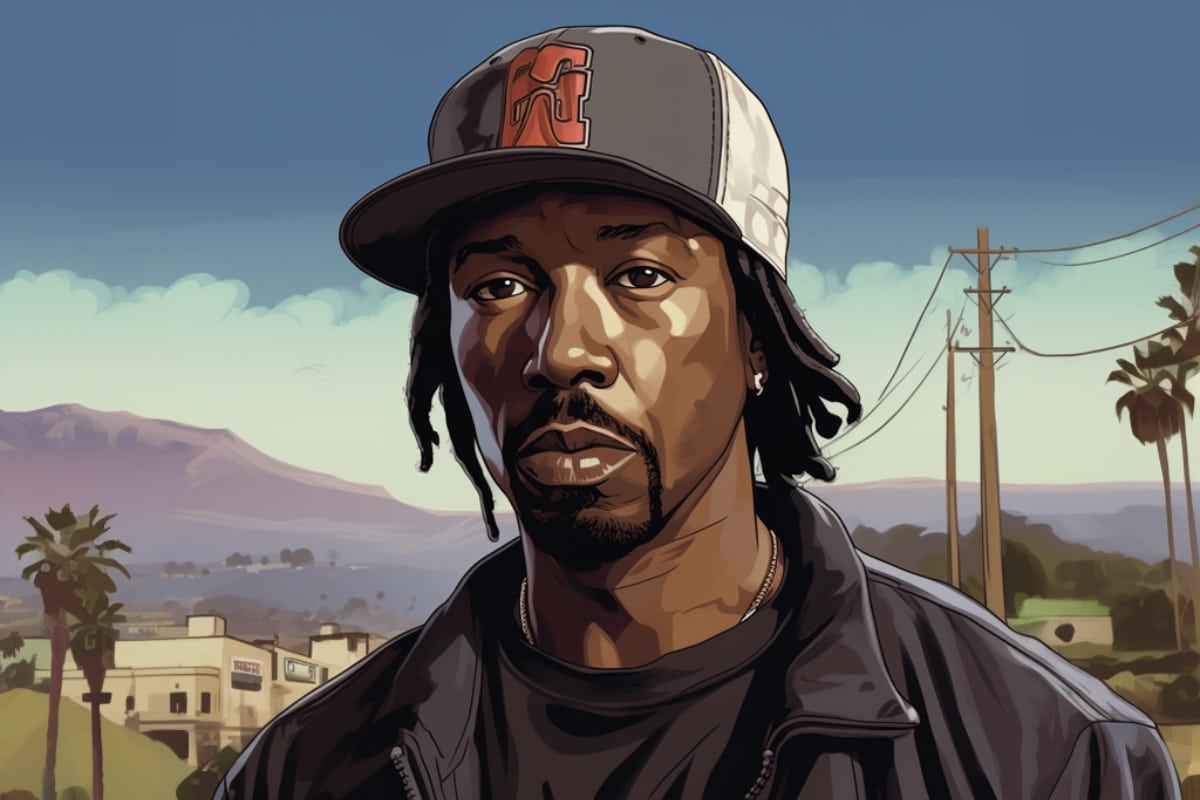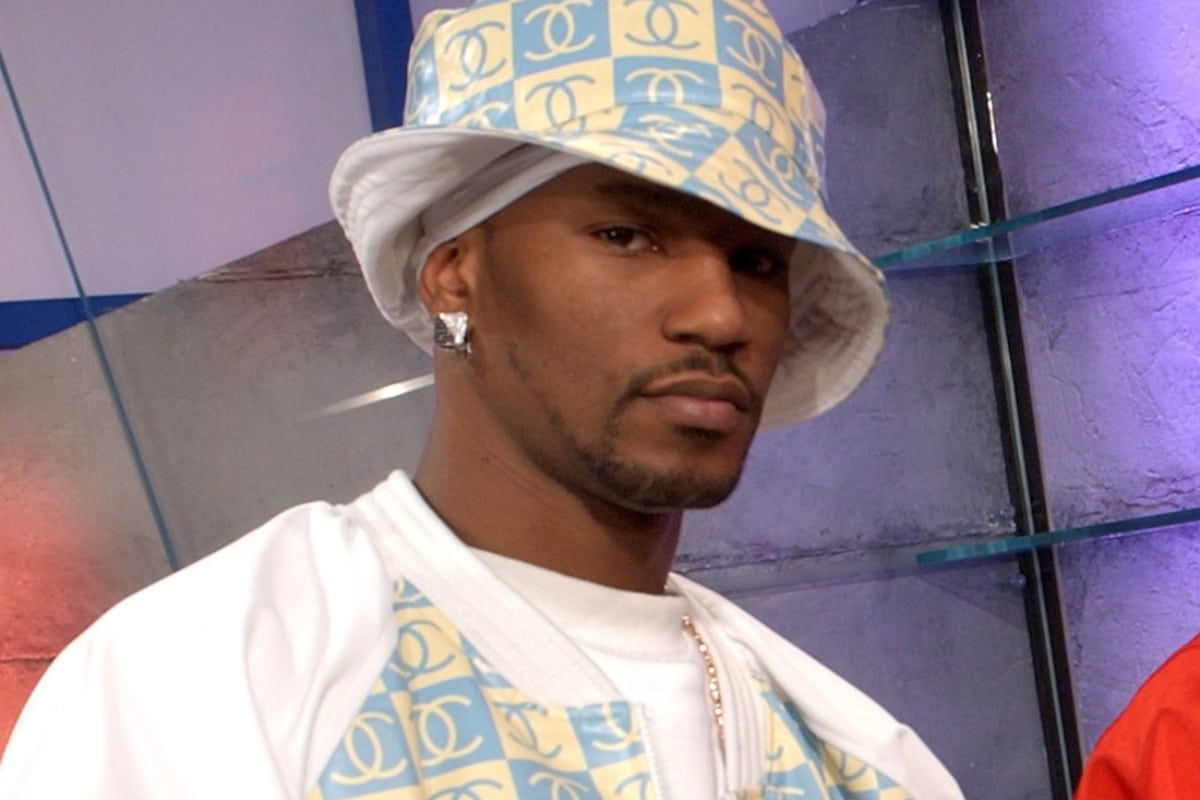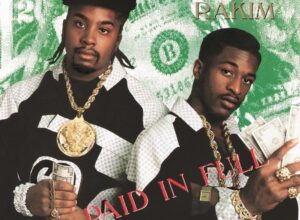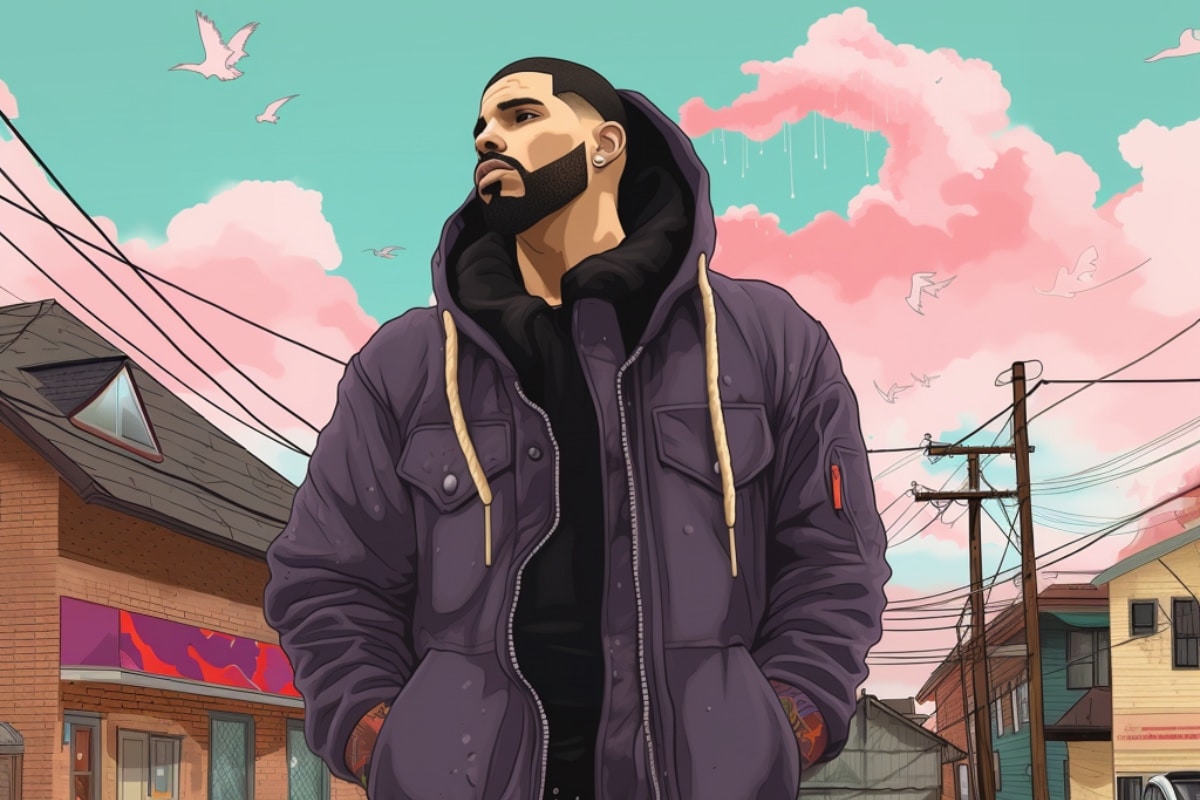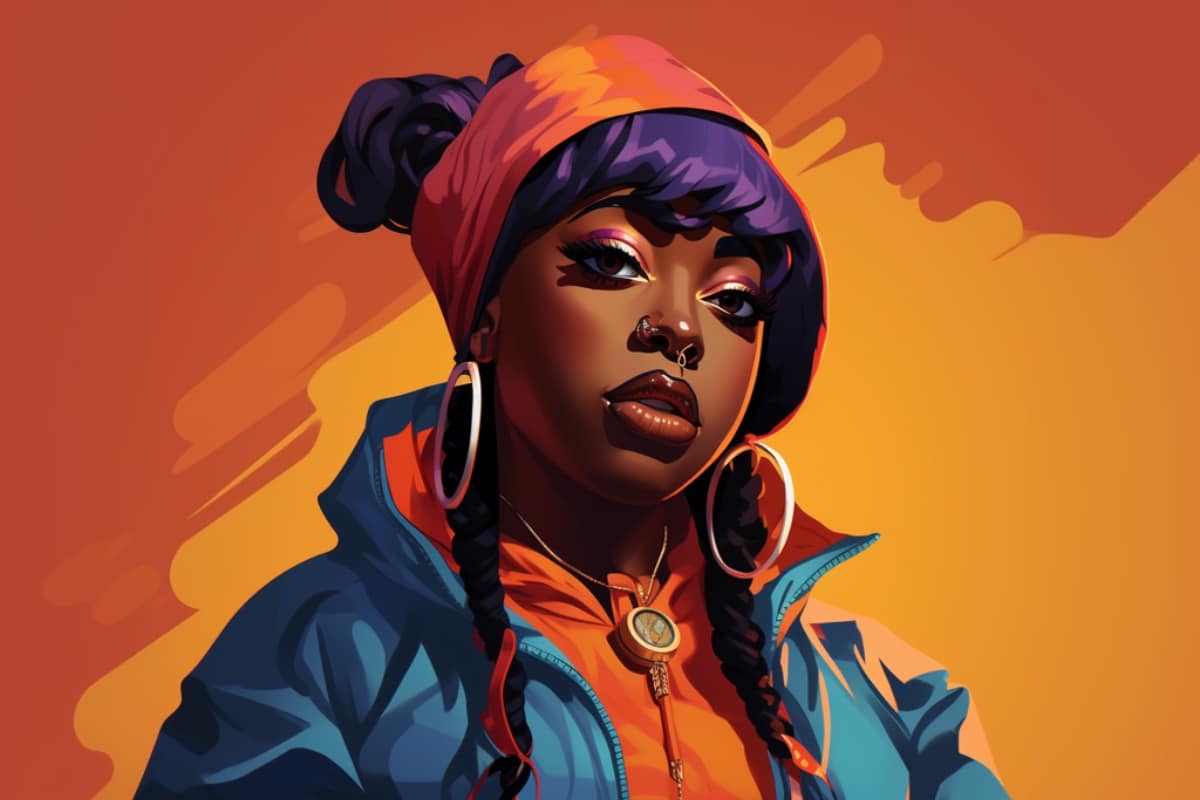Gangsta rap emerged from the crucible of the late 1980s and early ’90s, a direct response to the tumultuous social and political landscapes of inner-city America. Titans like Ice Cube, Dr. Dre, and Eazy-E became the architects of a movement that went beyond just beats and rhymes. Their tales of life on the streets, marked by hustles, run-ins with the law, and the daily struggles of Black America, brought to light the realities many faced but few talked about.
With seminal albums like Straight Outta Compton and AmeriKKKa’s Most Wanted , they didn’t just capture a moment; they ignited a revolution. As the years went on, the soundscape expanded deep into the mainstream. The G-funk era took the stage with Dr. Dre’s The Chronic , while 2Pac’s poetic ferocity in All Eyez on Me continued to show that gangsta rap was more than just a sub-genre; it was an outcry, a demand for recognition, a raw narrative of resilience.
So let’s get into it. From N.W.A’s game-changing Straight Outta Compton to Dr. Dre’s blockbuster masterpiece, The Chronic , here are the top 25 greatest gangsta rap albums of all time.
25. Mack 10 — Based on a True Story
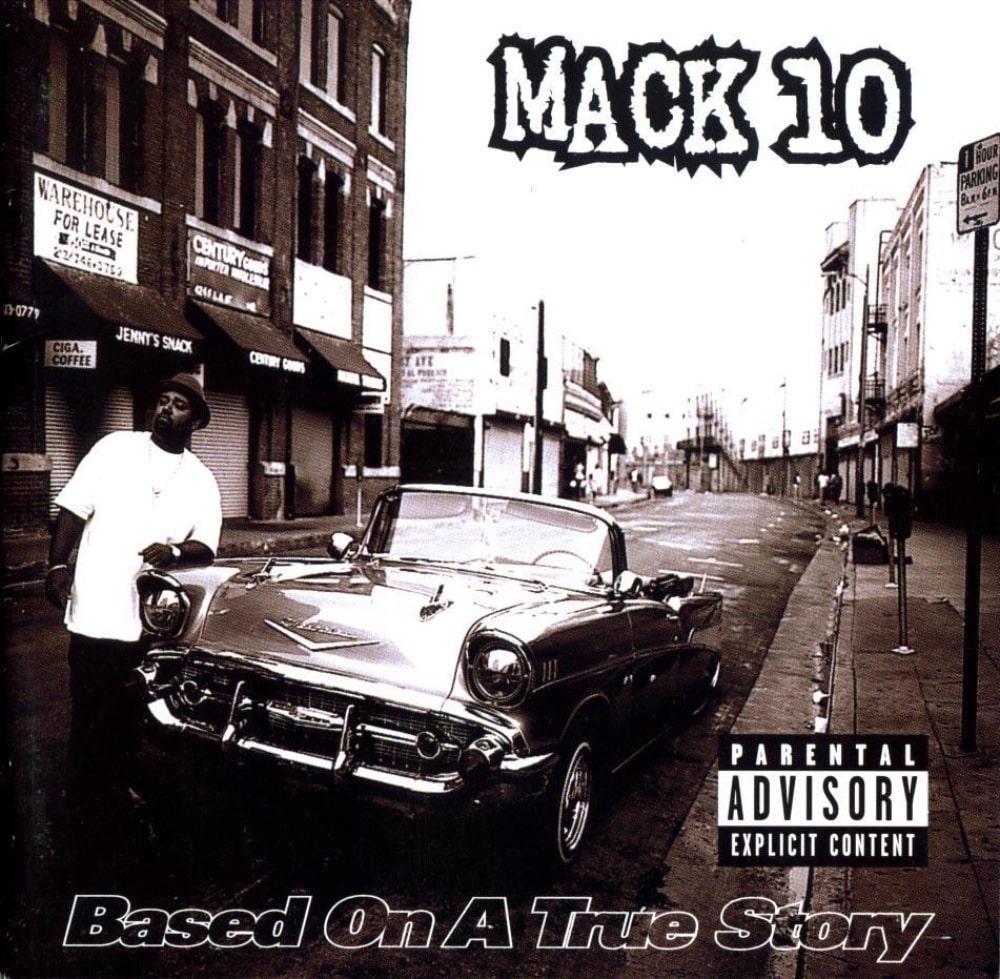
Released: September 16, 1997
Mack 10’s Based on a True Story stands as an unapologetic reflection of West Coast gangsta rap during its heyday. Hailing from Inglewood, Mack 10’s tales are rooted in the realities of his environment. The album effortlessly balances raw street narratives with undeniable grooves, presenting a mosaic of a California that’s as alluring as it is perilous. Tracks like “Only in California” underscore the regional pride and complexities, while “Can’t Stop” delves into personal ambition and resilience. With its seamless blend of compelling lyrical content and G-funk influenced production, Based on a True Story encapsulates a moment in time, representing both the struggles and the allure of West Coast life.
24. Kurupt – Tha Streetz Iz a Mutha
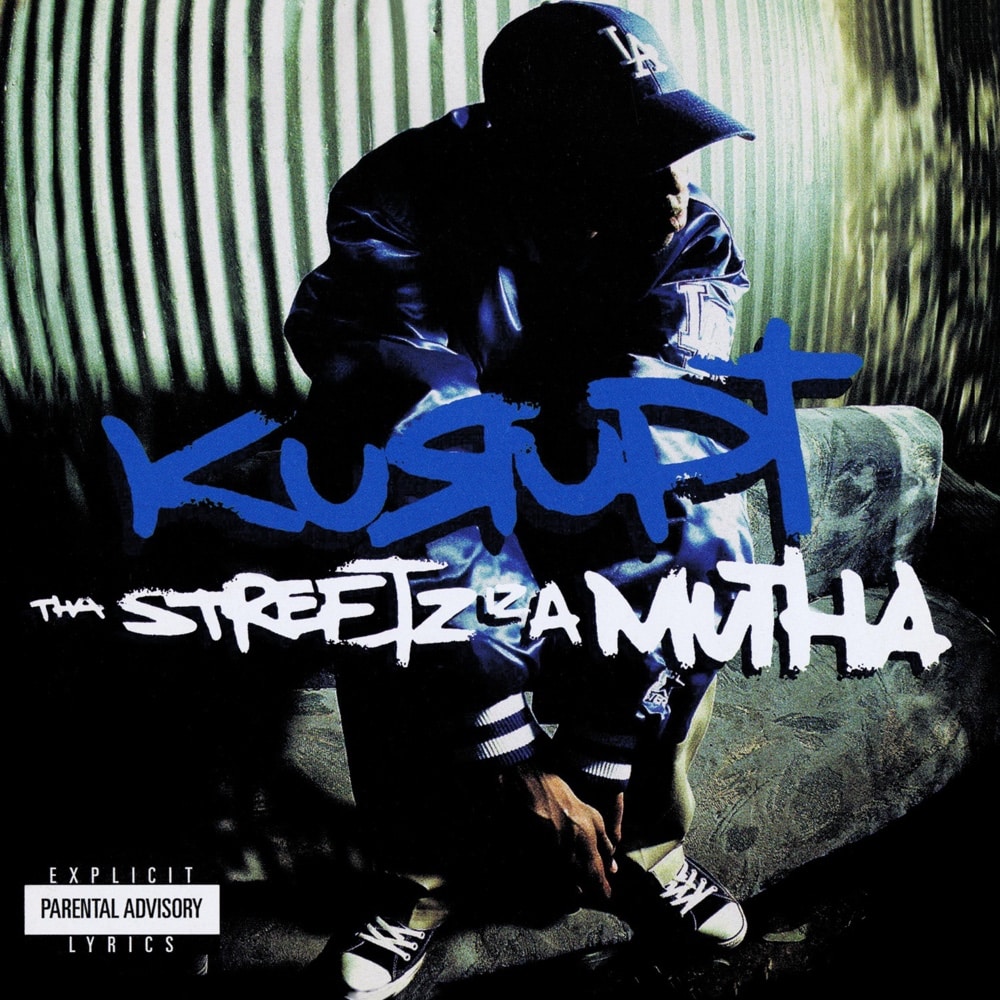
Released: November 16, 1999
Representing one-half of the Dogg Pound, Kurupt had already made waves with his intricate lyricism and flow. But with Tha Streetz Iz a Mutha , he cemented his reputation as one of the sharpest spitters the West had ever produced. Laced with gritty tales and the realities of the LA streets, the album doesn’t hold back in presenting the dark side of the golden state. Cuts like “Who Ride Wit Us” and “Trylogy” exemplify Kurupt’s ability to effortlessly blend menacing beats with tales of gangsta life, making every track a journey through the boulevards and back alleys of LA. What’s most striking is the album’s unabashed authenticity, shining a light on the juxtaposition of fame and infamy in the City of Angels.
23. MC Ren — Shock of the Hour

Released: November 16, 1993
When the formidable MC Ren dropped Shock of the Hour , the streets knew it was more than just an album; it was a chronicle of West Coast gangsta realism intertwined with politically charged anthems. Breaking off from N.W.A., Ren’s solo venture still carried the revolutionary spirit and unfiltered delivery the group was known for. Tracks like “Same Old Shit” and “Fuck What Ya Heard” resonate with that relentless N.W.A. energy, underscoring systemic challenges while exposing life in the hood. Yet, Ren also showcased growth, diving into themes of Nation of Islam teachings and Black empowerment. The album, both incendiary and insightful, is a showcase of Ren’s lyrical prowess and his ability to reflect on the socio-political landscape of his time, never straying too far from his gangsta rap roots.
22. Above the Law — Livin’ Like Hustlers

Released: February 20, 1990
1990 hit us with Livin’ Like Hustlers , a G-Funk blueprint from Pomona’s own Above the Law. If you’re searching for early seeds of that laid-back, synth-driven West Coast sound that would later sweep the nation, look no further. Helmed by Cold 187um’s production prowess, the album combined the gangsta narratives of the streets with funkadelic grooves. “Murder Rap” was a cinematic tour-de-force, painting vivid tales of street warfare. “Untouchable,” with its sample of Bootsy Collins, showcases how the crew could mold funk’s past into hip-hop’s present. But it wasn’t just about the beats; KMG, Go Mack, and Cold 187um traded verses that balanced tales of criminal enterprises with sharp socio-political commentary. More than anything, Livin’ Like Hustlers was a sonic statement of its time, a precursor to the G-Funk era, and a testament to Above the Law’s foresight in crafting the soundscape of a generation.
21. Westside Connection — Bow Down
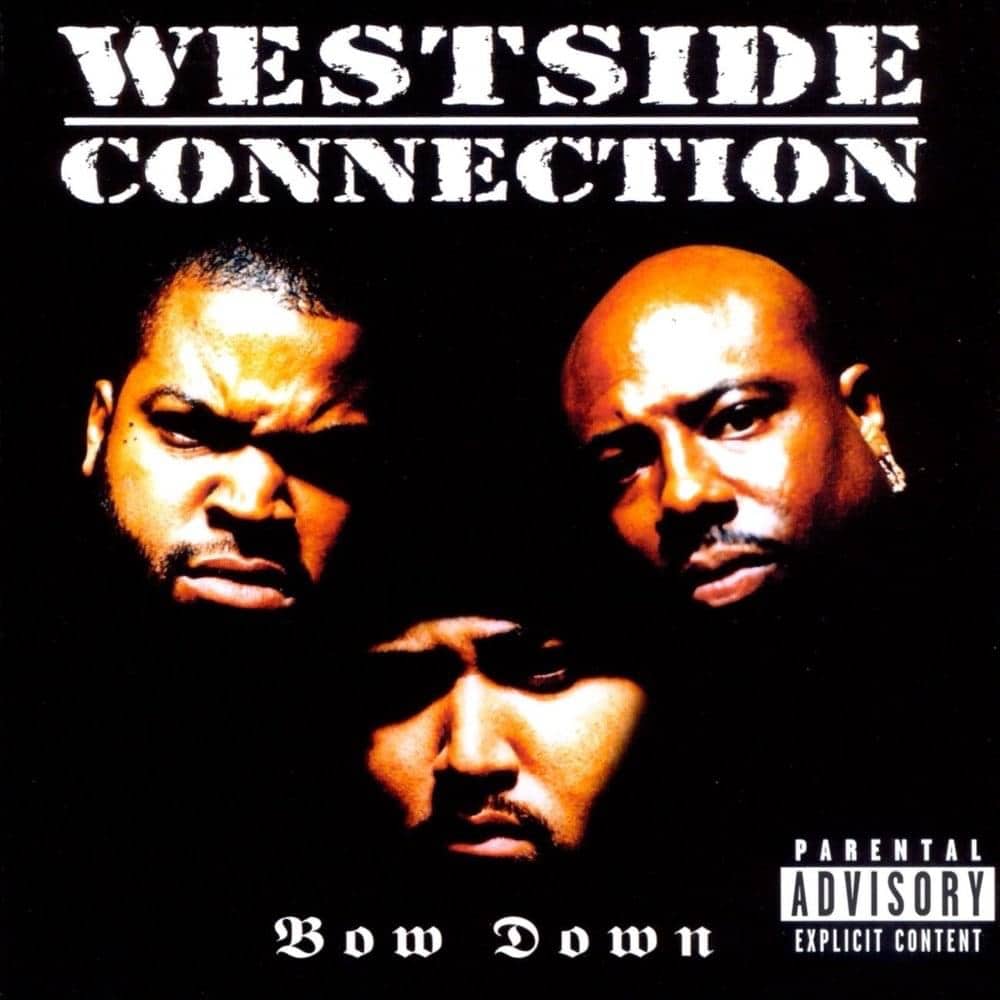
Released: October 22, 1996
In ’96, the hip-hop universe was bestowed with Bow Down , an unapologetic testament to West Coast supremacy from the supergroup, Westside Connection. Composed of Ice Cube, WC, and Mack 10, this trio hit the scene with force, merging their individual clout to champion the West. With Cube’s hard-hitting narratives, WC’s undeniable charisma, and Mack 10’s raw energy, tracks like “Gangstas Make the World Go Round” became anthems. The title track “Bow Down” wasn’t just a song; it was a command, a declaration to the game that the West Coast reigned supreme. And while there’s celebration in their sound, there’s also sharp criticism of the industry and societal woes. Through it all, the unit was tight-knit, delivering verses that weaved seamlessly from one MC to the next. Bow Down wasn’t just about dominance; it was a reflection of the time, an era when the West Coast, emboldened by its talent and swagger, demanded its rightful place at the hip-hop table.
20. Ice-T — Power
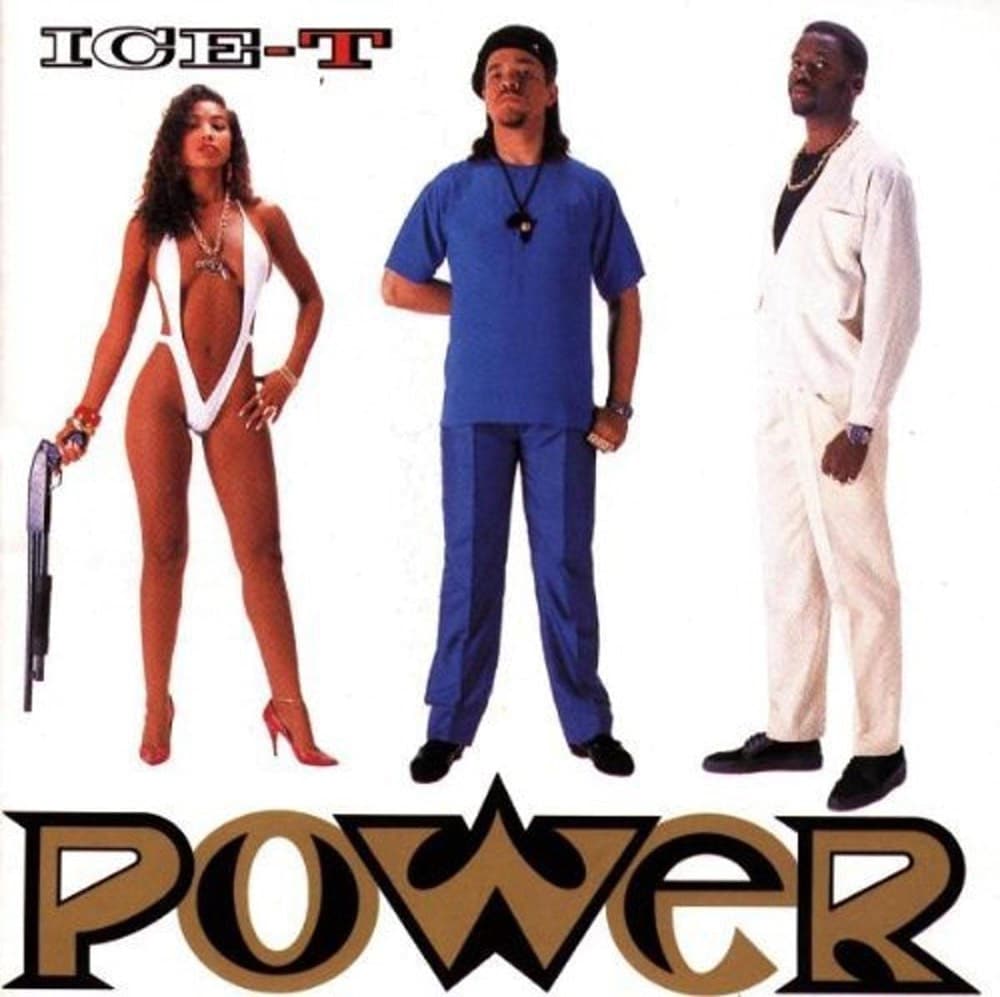
Released: September 13, 1988
Back in ’88, when Ice-T dropped Power , the game felt an immediate seismic shift. Not just content to pioneer West Coast gangsta rap, Ice-T was set on revolutionizing it. With his razor-sharp lyricism, he painted vivid scenes of LA street life while commenting on the systemic issues plaguing Black communities. Tracks like “High Rollers” and “Soul on Ice” weren’t just bangers; they were gripping tales wrapped in the raw authenticity of life beyond the Hollywood glitz. Ice-T’s blend of rock-infused beats, coupled with his fearless approach to topics of violence, politics, and social inequality, solidified Power as a monumental album in the gangsta rap anthology. While others were dabbling, Ice-T was mastering the craft, merging storytelling with impactful socio-political commentary, ensuring Power would remain etched in hip-hop’s hall of fame.
19. Spice 1 — 187 He Wrote
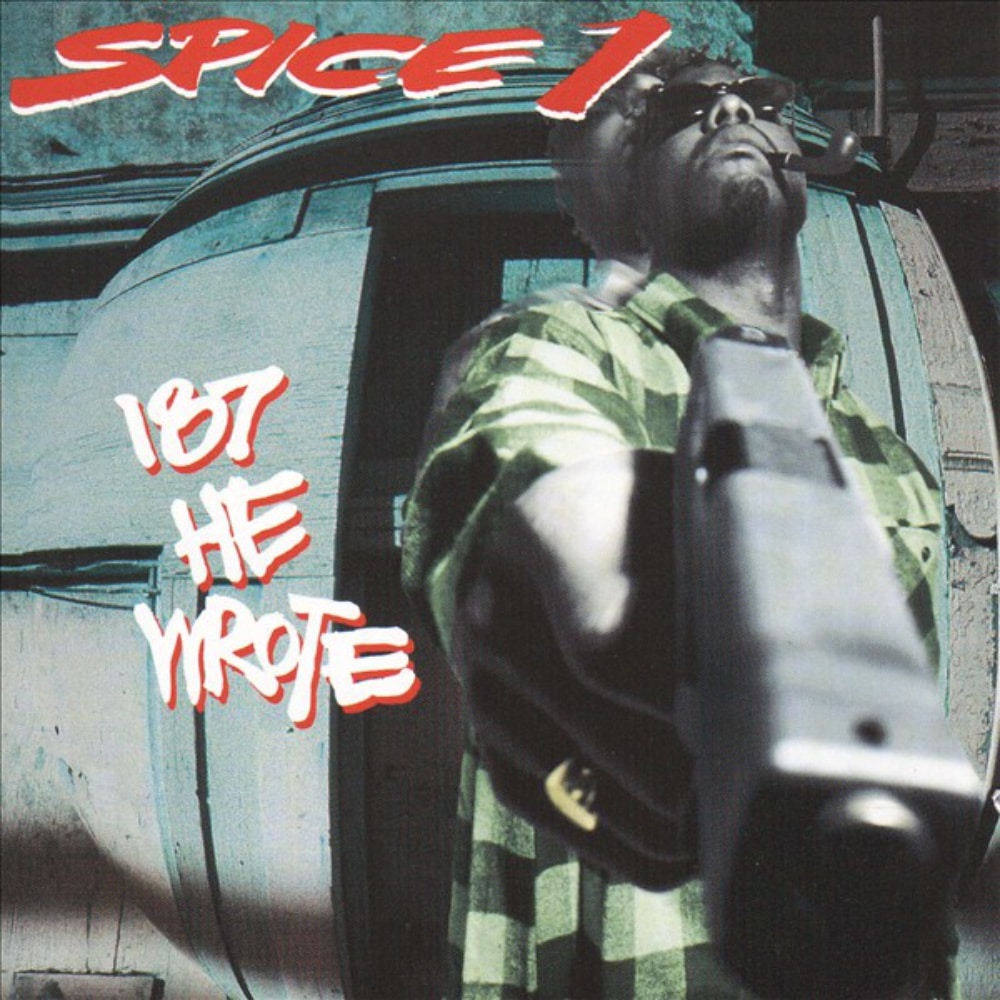
Released: September 28, 1993
When Spice 1 dropped 187 He Wrote in 1993, the Bay Area’s gangsta rap scene got a raw and uncut gem. Spice didn’t hold back, delivering tales from the streets with an unflinching realism that could give the hardest tracks a run for their money. With tracks like “Dumpin’ Em in Ditches” and “The Murda Show” featuring MC Eiht, the Hayward, CA native was fearless in his portrayals, laying out the cold truths of the game. His flows were razor-sharp, matched with beats that thudded with West Coast flavor. But Spice wasn’t just about that gangsta bravado; he wove deep reflections and chilling insights into the life and mindset of a hustler. For those searching for gangsta rap that didn’t sugarcoat or glamorize but went straight to the visceral heart of the streets, 187 He Wrote stands tall, with Spice 1 asserting his position as one of the West Coast’s premier narrators.
18. DJ Quik — Quik Is the Name
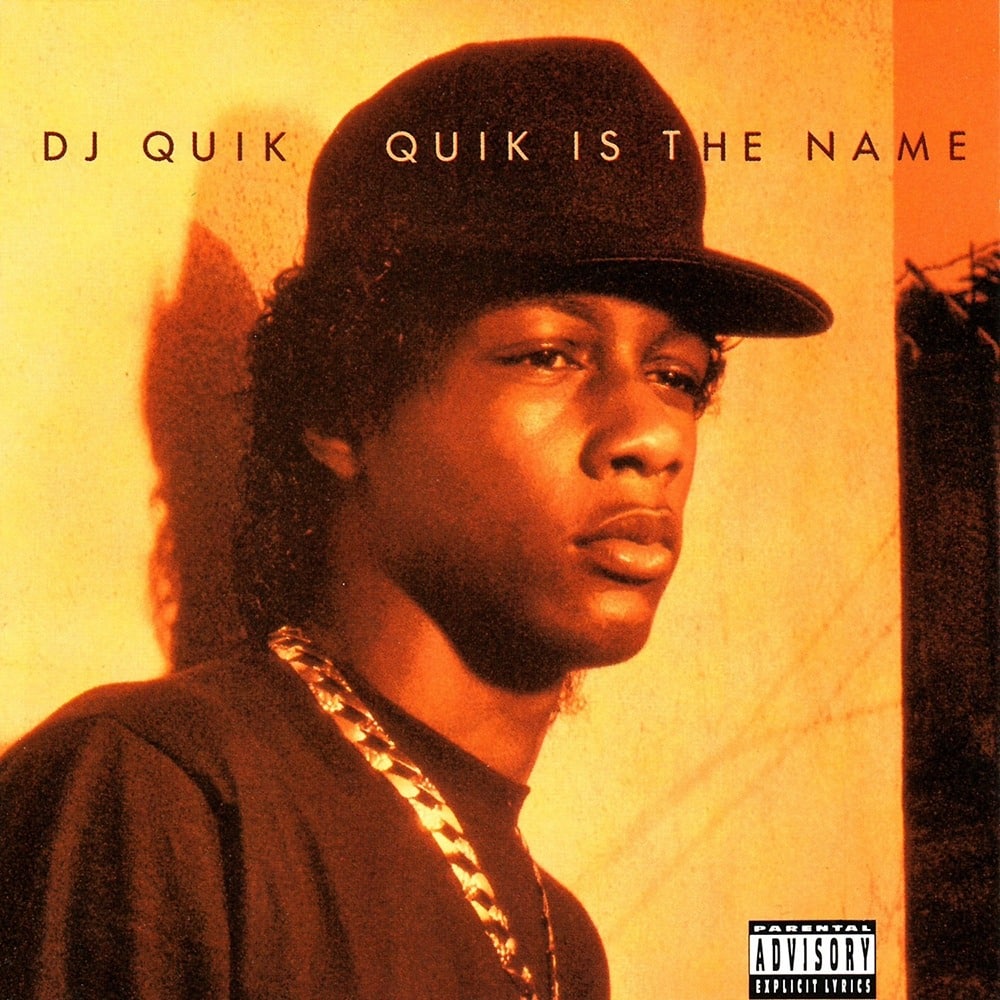
Released: January 15, 1991
Quik Is the Name ain’t just an album title; it’s a statement of arrival. When DJ Quik burst onto the scene with this debut in 1991, the West Coast got itself a new sonic architect. This Compton native, with his signature braids, wasn’t just flexing on the mic; he was a master behind the boards too. From the infectious grooves of “Tonite” to the laid-back party vibes of “Born and Raised in Compton,” Quik’s production finesse fused funk elements with that undeniable West Coast bounce. Lyrically, he was as streetwise as they come, intertwining tales of Compton life with braggadocious bars. But what set DJ Quik apart was his musicianship. While many were looping samples, Quik was laying down live instrumentation, crafting a soundscape that felt both nostalgic and refreshingly new.
17. MC Eiht — We Come Strapped
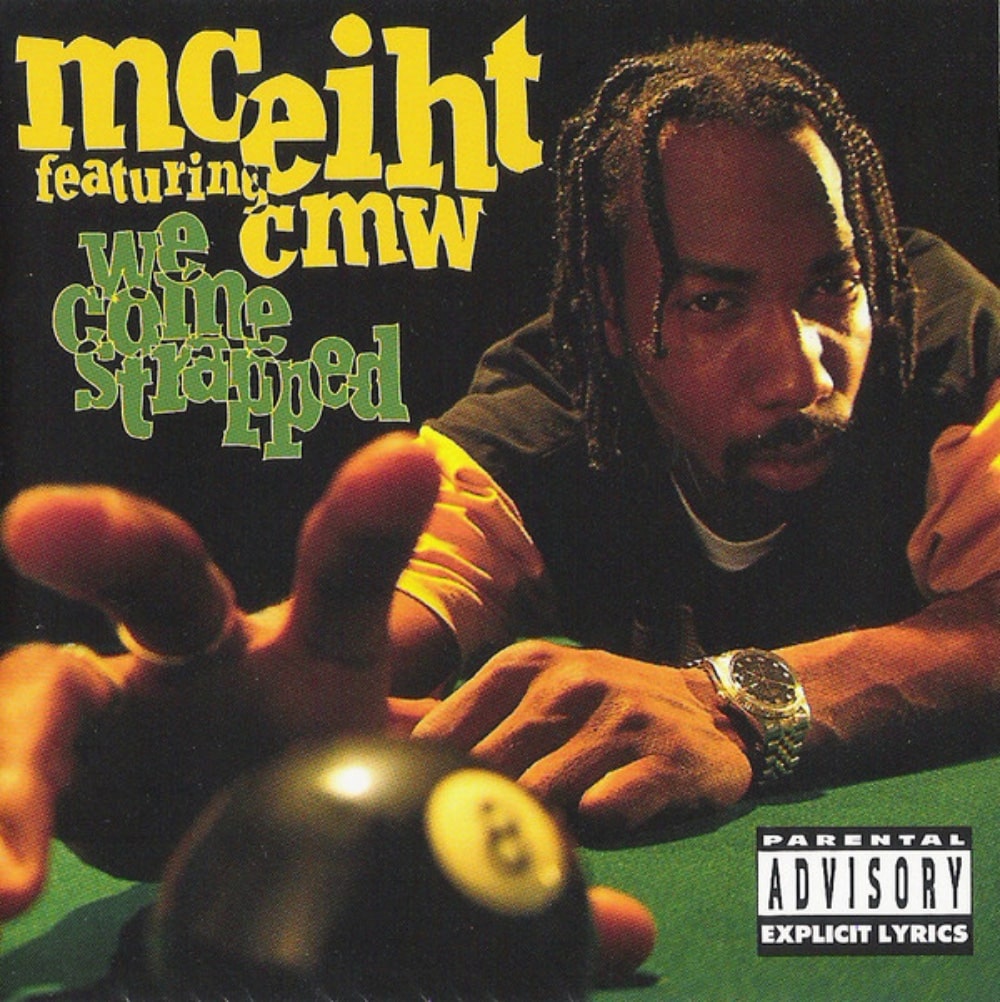
Released: July 19, 1994
We Come Strapped is an unapologetic testament to the unforgiving streets of Compton, and MC Eiht was the unflinching narrator. As the frontman for Compton’s Most Wanted, Eiht had already solidified his street credentials, but this solo joint took things to another level. The menacing “All for the Money” doesn’t just bump; it serves as a grim reminder of the lengths some go to in the quest for greenbacks. Then you’ve got tracks like “Nuthin’ But the Gangsta,” where Eiht, alongside Redman and Spice 1, lays down a thesis on gangsta rap’s essence. His storytelling prowess, paired with that unmistakable laid-back flow, turns narratives of street warfare and survival into chilling poetry. Behind the scenes, the production on this album, dripping in G-funk glory but with a darker twist, perfectly complements Eiht’s tales. We Come Strapped doesn’t seek validation or approval; it commands respect, and in the history of gangsta rap, MC Eiht’s magnum opus stands tall.
16. N.W.A. — Efil4zaggin
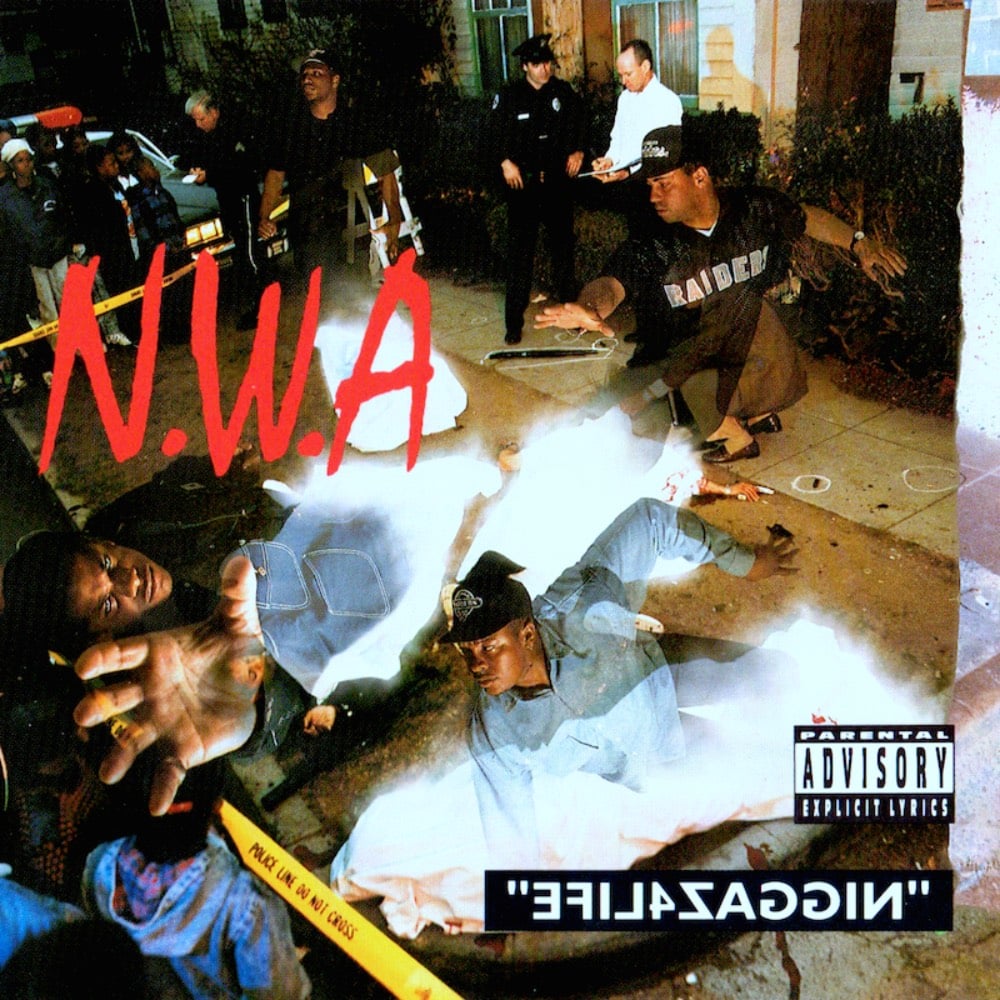
Released: May 28, 1991
Efil4zaggin is the raw, uncut essence of what N.W.A. was all about. Coming in the wake of Ice Cube’s departure, many thought the iconic group might falter. Instead, Dr. Dre and DJ Yella served up production that was even grimier, more refined, and cinematic. Songs like “Alwayz into Somethin'” and “Appetite for Destruction” didn’t just narrate street tales; they dropped listeners right into the heat of Compton’s chaos. Eazy-E’s distinct voice, coupled with Ren’s fierce lyricism, was proof that N.W.A. still had plenty of firepower. But it wasn’t just about the streets. The album had its share of controversial tracks that pushed societal buttons, sparking debates far and wide. Controversy aside, Efil4zaggin was an evolution in sound and content, a bold assertion that N.W.A. still reigned supreme in the gangsta rap arena even without one of its key generals. It’s raw, it’s audacious, and it’s an in-your-face statement of dominance.
15. Warren G — Regulate… G Funk Era
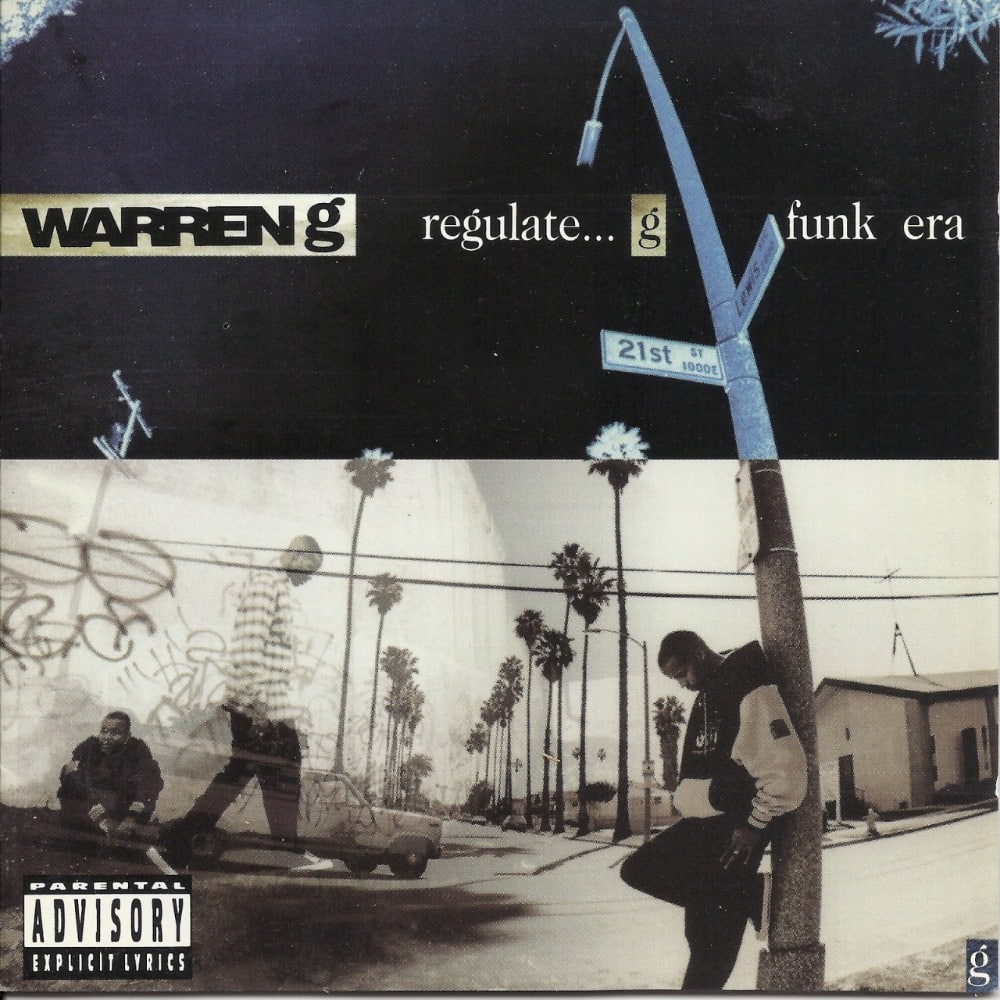
Released: June 7, 1994
When it came to laying down the smoothest vibes with an edge of street credibility, nobody did it quite like Warren G with Regulate… G Funk Era . Breaking from the more aggressive sounds dominating the West Coast, Warren G brought a unique twist with the G Funk sound. The album’s standout track, “Regulate” with Nate Dogg, is a testament to the harmony of Warren G’s rap style paired with Nate’s melodic hooks, creating an anthem that’s both laid-back and poignant. But this wasn’t just about hits; tracks like “This D.J.” and “Do You See” painted vibrant, nuanced portraits of West Coast life. Warren G’s production, replete with funk samples and whining synths, created a soundscape that was as reflective as it was infectious. Regulate… G Funk Era didn’t just ride the wave of gangsta rap; it brought its own flavor, establishing Warren G as a central figure in the evolution of the West Coast sound, bridging the gap between the raw energy of gangsta rap and the soulful melodies of funk.
14. Cypress Hill — Cypress Hill
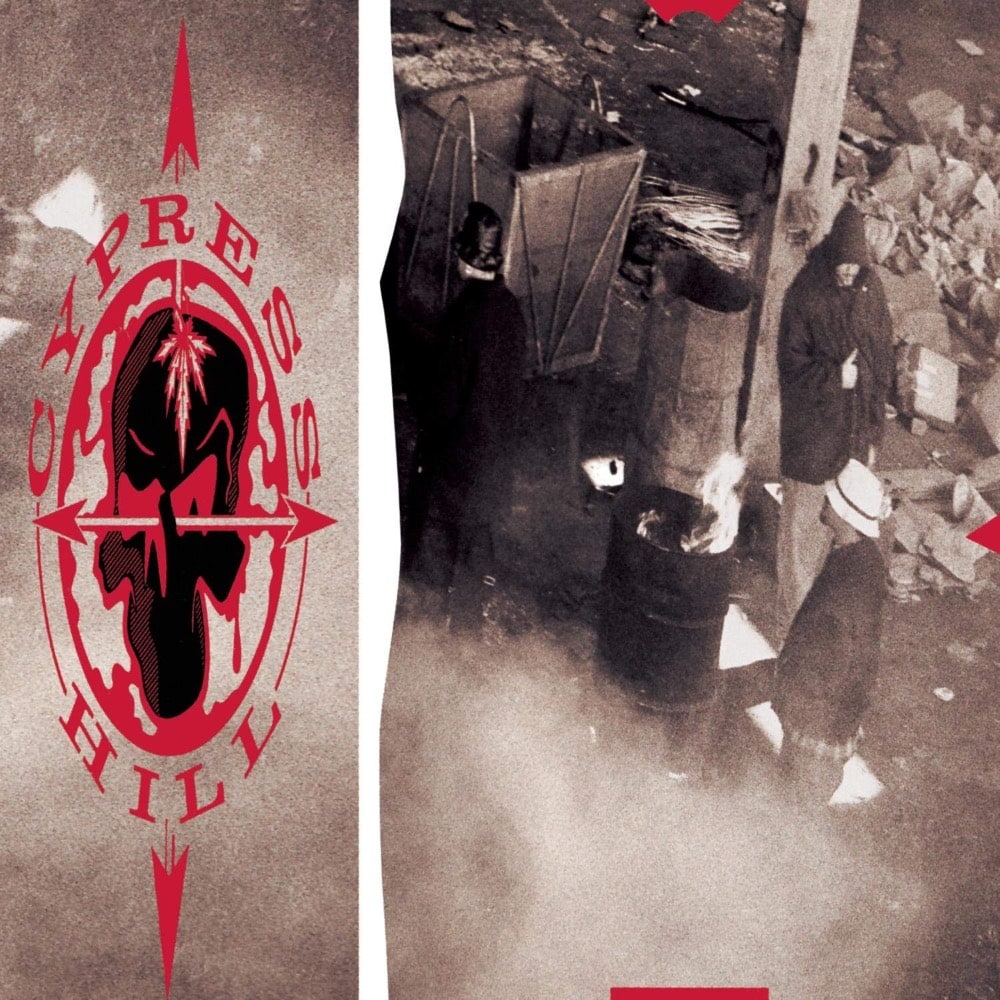
Released: August 13, 1991
When Cypress Hill dropped, it was a sonic revolution on the West Coast. B-Real’s nasal delivery, paired with DJ Muggs’ dark, eerie beats, felt like a supernatural force had descended upon hip-hop. Tracks like “How I Could Just Kill a Man” and “Hand on the Pump” weren’t just hard-hitting, they were haunting, sketching a chilling landscape of street narratives. But let’s not forget their unabashed celebration of cannabis culture, long before it was mainstream, with anthems like “Light Another” and “Stoned Is the Way of the Walk.” Cypress Hill went beyond the stereotypical gangsta rap tales and dived deep into the psyches of East L.A.’s street soldiers. They weren’t just spitting rhymes; they were painting vivid, psychedelic murals of life on the frontlines. Their fusion of Latino influences with the grimy aura of gangsta rap ensured that Cypress Hill wasn’t just another record—it was a cultural milestone that defied borders and resonated universally.
13. Eazy-E – Eazy-Duz-It
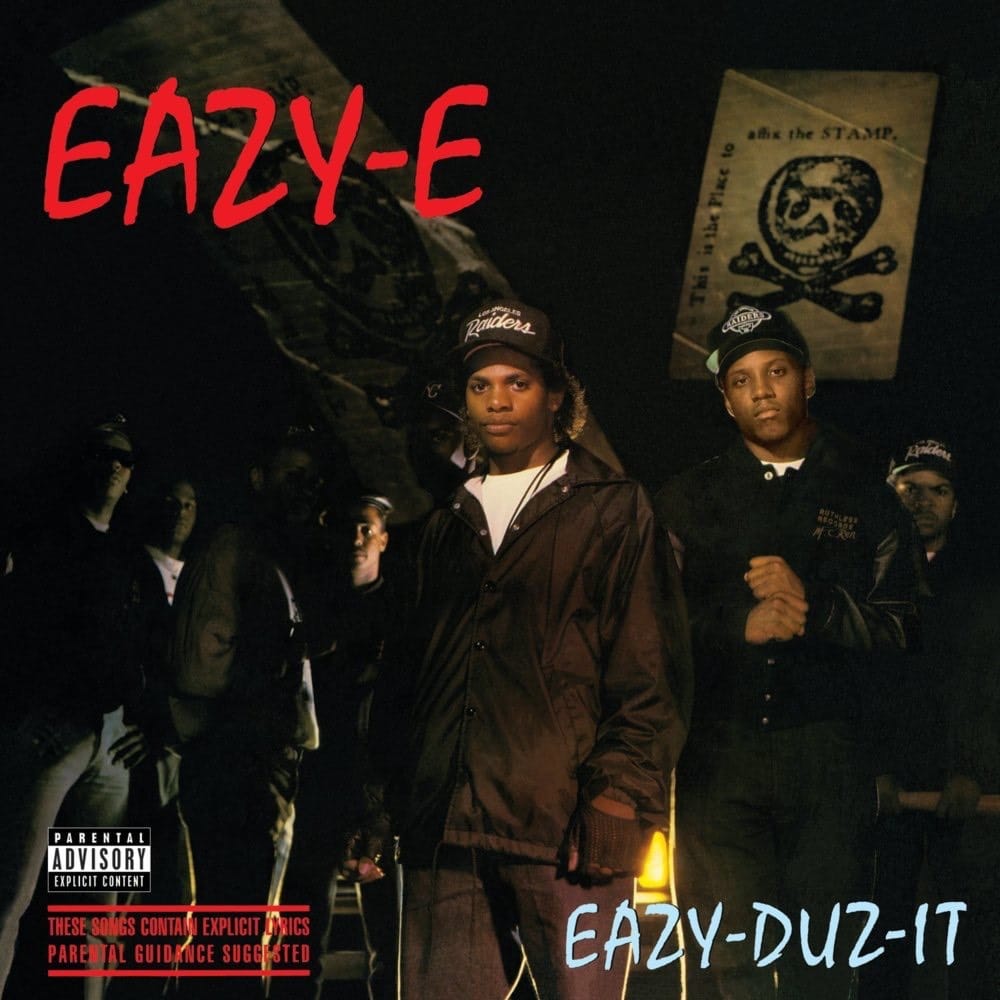
Released: September 16, 1988
Eazy-E, with that trademark voice, swagger, and raw Compton energy, was on a mission to not just conquer but to define an era. The album packed undeniable bangers from “Boyz-n-the-Hood” to “We Want Eazy,” cementing its place in the pantheon of gangsta rap greatness. Dr. Dre and DJ Yella’s production? C’mon, it was straight fire—capturing the chaotic essence of the streets while ensuring every cut was an earworm. But beyond the beats and rhymes, Eazy-E’s debut wasn’t just about gang-banging tales. It was a sharp commentary on life in the hood, politics, and the socio-economic battles of young Black men in America. Eazy-Duz-It isn’t just a cornerstone for gangsta rap; it’s a testament to Eric Wright’s unmatched prowess in translating street lore into groundbreaking music.
12. DJ Quik — Safe + Sound
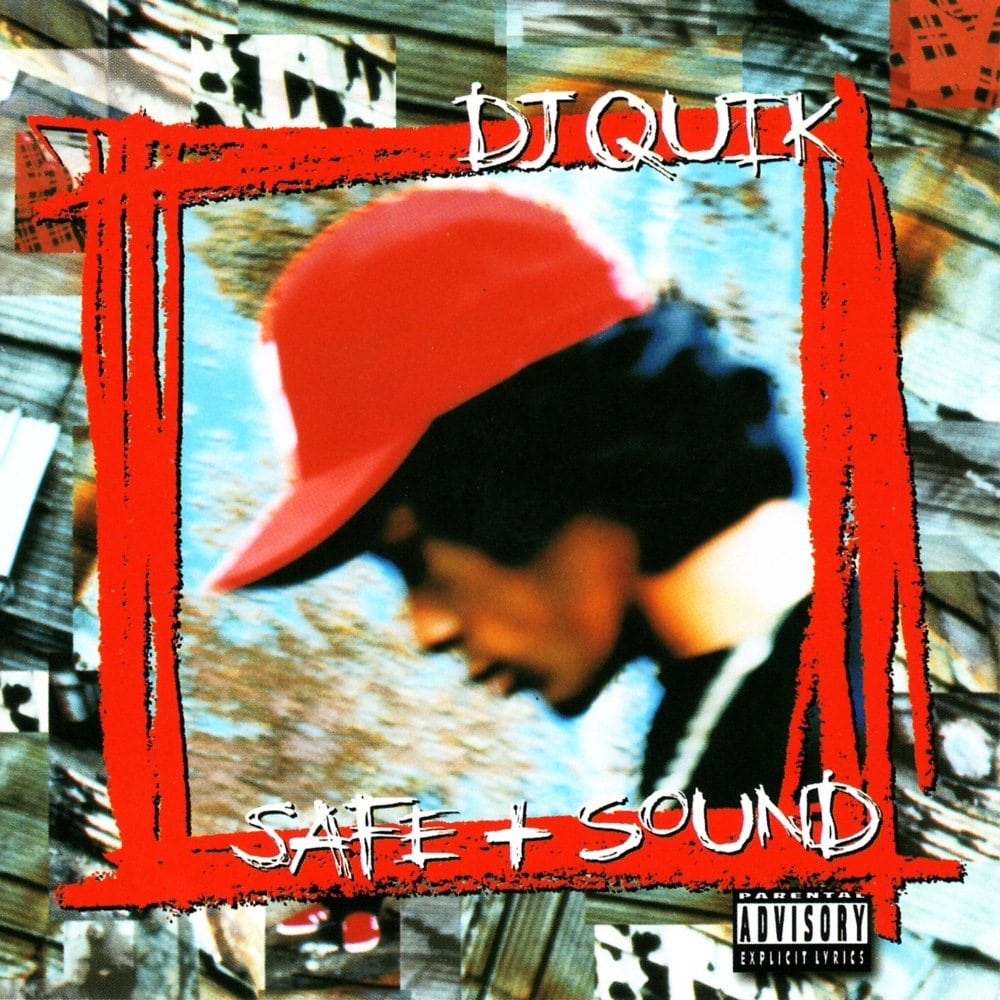
Released: February 21, 1995
Safe + Sound by DJ Quik isn’t just an album; it’s a masterclass in G-funk finesse. In the midst of the ’90s when the West was dominating, Quik fine-tuned his production chops and delivered an opus soaked in sun-kissed vibes and layered instrumentation. This wasn’t just beats and bars; it was sophisticated musical craftsmanship. With cuts like “Dollaz + Sense” and “Summer Breeze”, Quik expertly wove narratives of Compton life, offering a sonic journey filled with both hedonistic parties and intense street rivalries. His knack for juxtaposing smooth, almost seductive beats with tales of gangsta realities showcased a deep duality—chilling street tales set against groovy basslines. While many were busy riding the G-funk wave, DJ Quik was crafting it, chiseling out his own iconic space in the pantheon of gangsta rap with Safe + Sound .
11. Compton’s Most Wanted — Music to Driveby
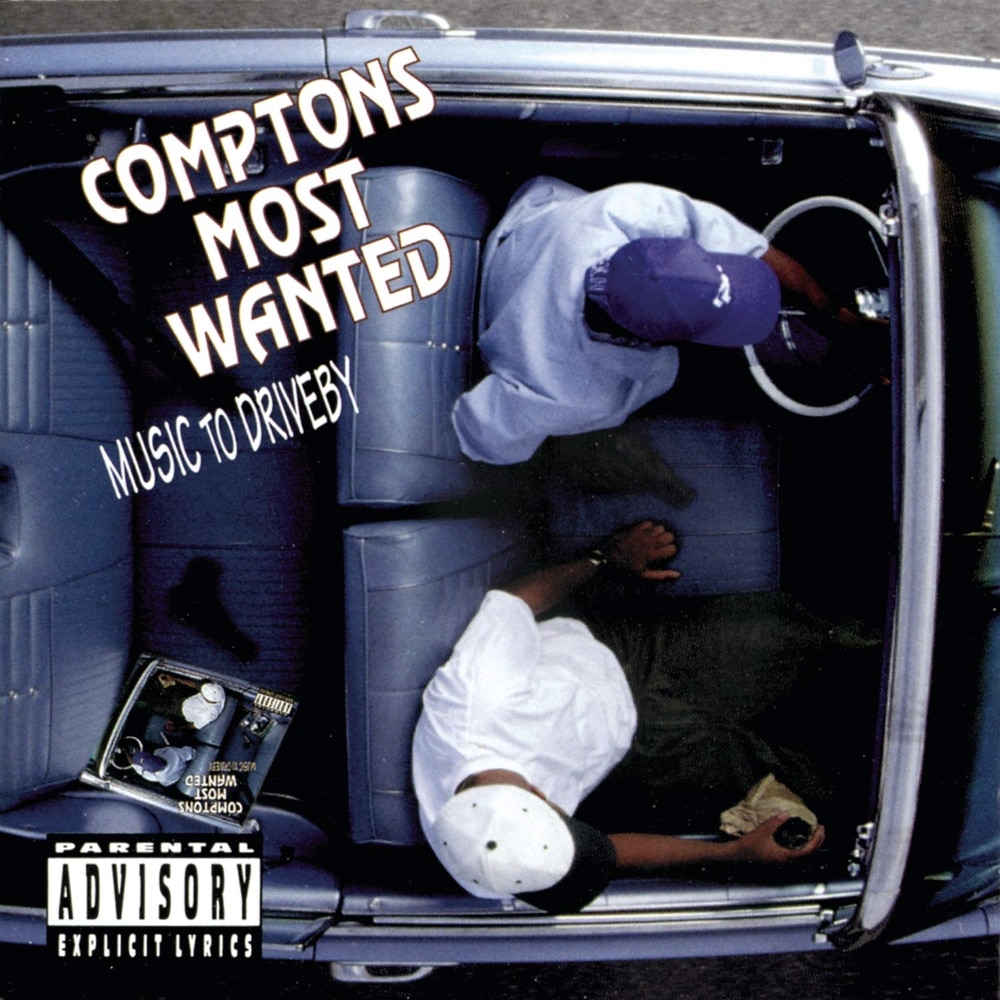
Released: September 29, 1992
Music to Driveby by Compton’s Most Wanted ain’t just another record in the vast ocean of gangsta rap. Nah, this was MC Eiht and crew making an indelible mark, penning tales as gritty as the streets they hailed from. With its dark, ominous beats coupled with Eiht’s ice-cold delivery, the project painted a haunting portrait of life in Compton. Tracks like “Hood Took Me Under” and “Growin’ Up in the Hood” weren’t just songs; they were reflective narratives of a tumultuous environment where peril lurked at every corner. What set this project apart was its authenticity. There was no glamorization here, just raw, unfiltered accounts of a life many lived but few could articulate with such precision. CMW’s Music to Driveby didn’t just represent the West; it echoed the very heartbeat of Compton, cementing its place in the pantheon of gangsta rap greatness.
10. Tha Dogg Pound — Dogg Food
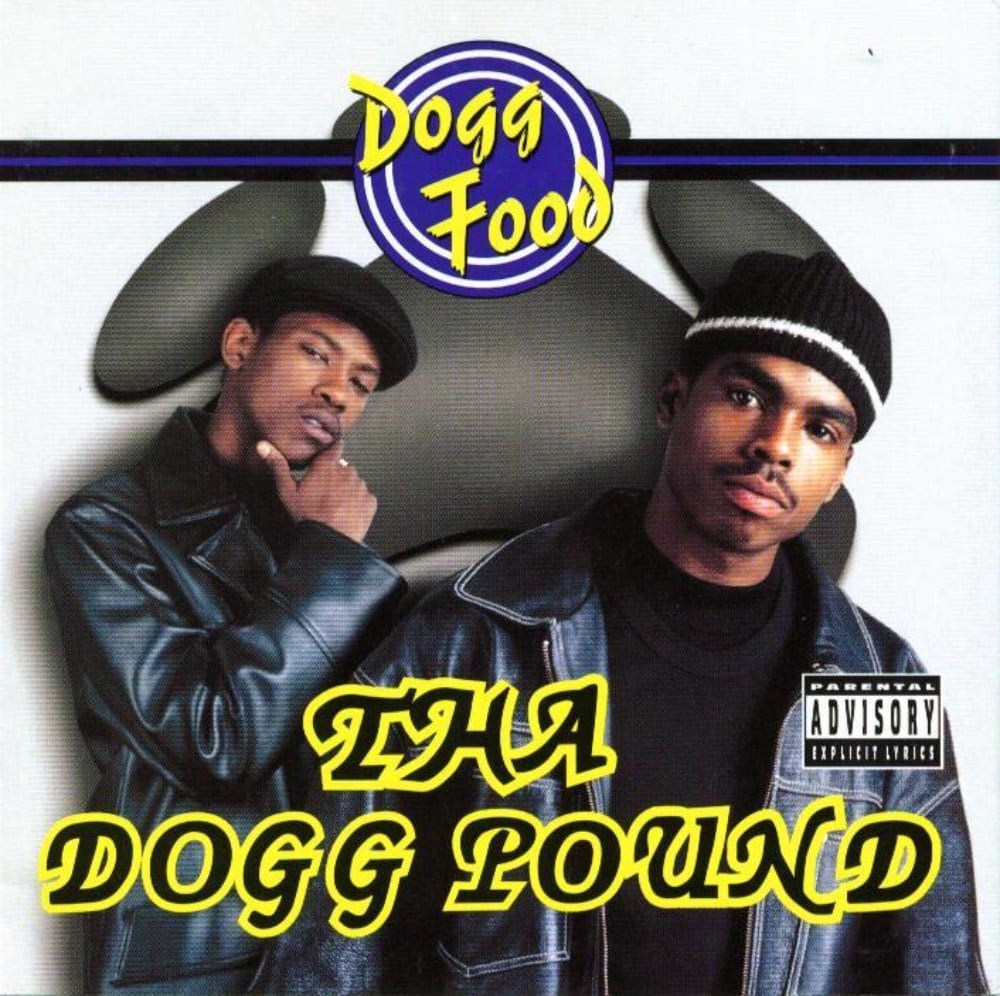
Released: October 31, 1995
Straight outta the fertile grounds of 90s West Coast hip-hop, Tha Dogg Pound came through with a magnum opus, Dogg Food . Daz Dillinger’s impeccable production game fused with Kurupt’s razor-sharp lyricism made this joint a force to be reckoned with. When you’ve got tracks like “New York, New York” shaking the very foundations of the East Coast-West Coast rivalry and “Let’s Play House” with its infectious grooves, you know you’re dealing with more than just another album. This was an emblem of the G-Funk era, a testament to the brilliance of Death Row Records at its peak. Beyond the bangers, it’s the chemistry between Daz and Kurupt that solidifies Dogg Food as legendary. Their back-and-forth flows seamlessly, painting tales of loyalty, street warfare, and, of course, Cali love. For anyone wanting to dive into the Golden Age of West Coast rap, this album is more than essential—it’s foundational.
9. Ice-T — O.G. Original Gangster

Released: May 14, 1991
Before your favorite cop on TV was laying down tracks, he was already schooling cats on the streets and in the booth. O.G. Original Gangster ain’t just a title; it’s a statement of Ice-T’s place in the game. This album drips with sonic tales of LA’s underworld, street codes, and the grit of gangsta life, years before many jumped on the bandwagon. Take “Colors” for instance, a raw portrayal of gang culture, or “Mind Over Matter” with its braggadocious bars. But Ice didn’t just serve up street anthems; he diversified with tracks like “Ed” and “The Tower,” showcasing his narrative skills. This album was a turning point, proving that gangsta rap had the depth and versatility to stand tall in hip-hop’s pantheon. And let’s not forget, this was the stage where Body Count made its debut with “Body Count,” foreshadowing the rock-rap crossovers that would shake the world later on. Simply put, O.G. Original Gangster isn’t just a collection of tracks—it’s a masterclass from one of the O.G.s of the game.
8. The Game — The Documentary
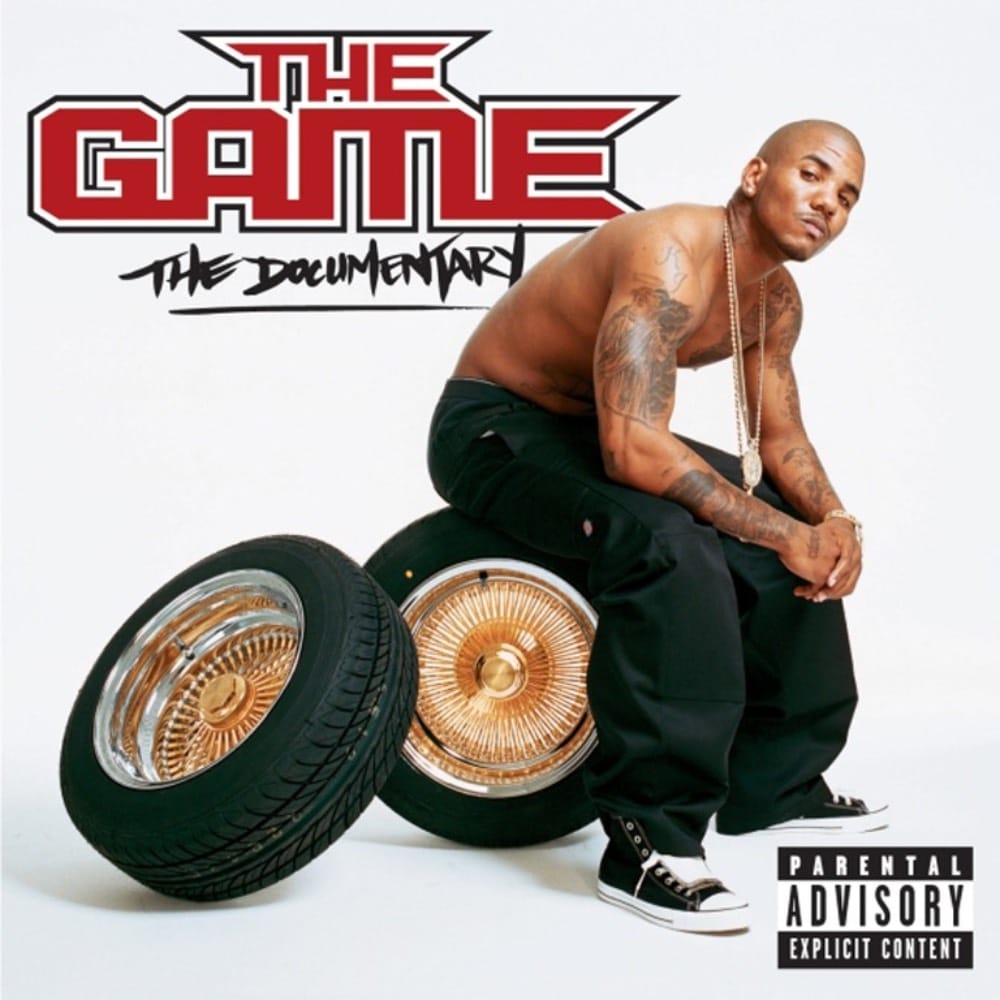
Released: January 18, 2005
You can’t discuss West Coast resurgence in the mid-2000s without giving it up for The Game and The Documentary . This album? Straight fire. When it dropped, it wasn’t just about bringing the West back on the map; it was a reaffirmation of that classic G-funk infused sound, updated for a new generation. Beats provided by the heavyweights like Dr. Dre, Just Blaze, Timbaland and Kanye? Check. A young Game spitting bars with a passion that felt both fresh and reminiscent of the OGs? Double check. Tracks like “Hate It or Love It” and “How We Do” aren’t just bangers; they’re anthems, capturing the essence of sunny Cali streets and the shadows lurking in its alleyways. And let’s talk depth: “Dreams” and “Start from Scratch” showcase the Compton rapper’s ability to introspect and lay bare his soul, cementing him as more than just another gangsta rapper. The Game wasn’t just rapping about Compton; he was carrying its legacy, its history, and its future, all wrapped up in The Documentary .
7. Dr. Dre — 2001
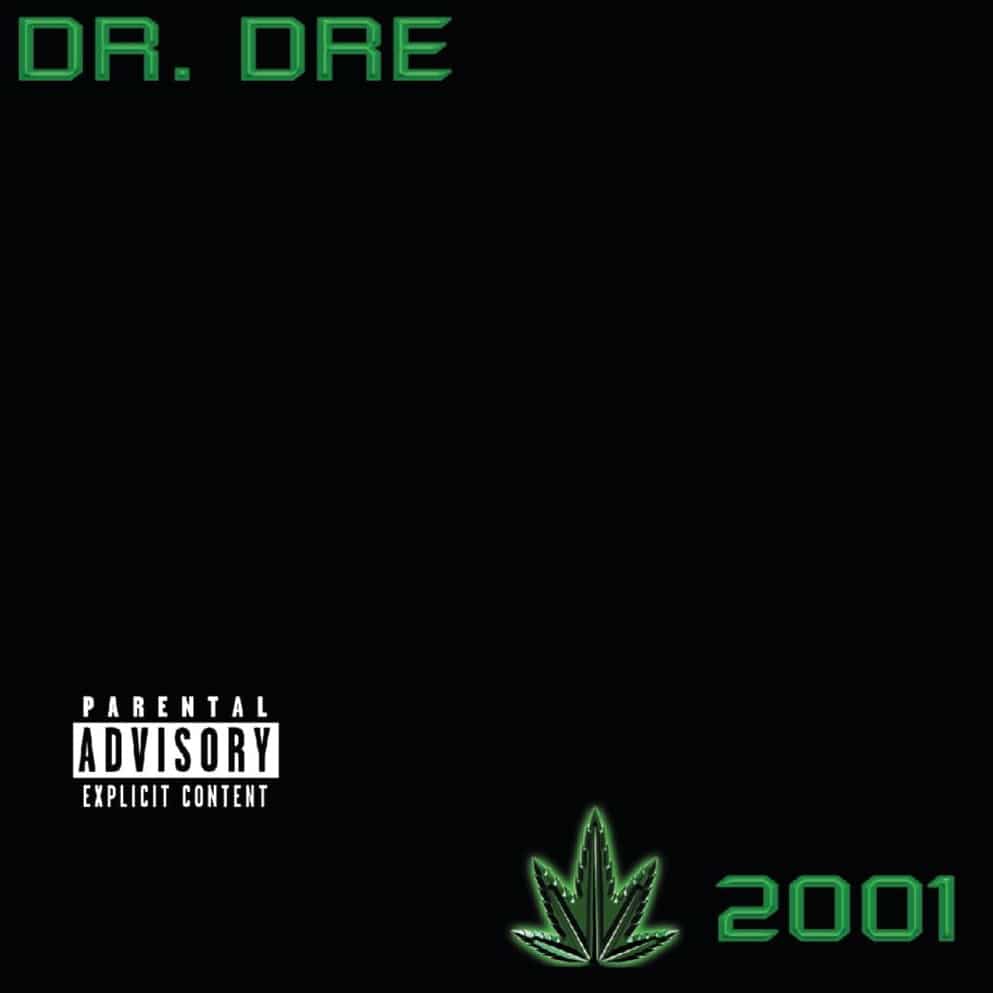
Released: November 16, 1999
Where do you even start with Dr. Dre’s 2001 ? This ain’t just an album; it’s a sonic testament to Dre’s genius, a maestro in his prime showcasing how to evolve in a game that’s relentless. Following up from The Chronic wasn’t an easy task, but Dre? He wasn’t about to serve rap fans anything less than perfection. With tracks like “Still D.R.E.” and “Forgot About Dre,” the Doc made it clear – he never left, he was just cooking up something seismic. Every beat on this project? Surgical precision. And the features? Snoop Dogg, Eminem, Xzibit – it was like the Avengers of hip-hop assembling. But beyond the bangers, it was deeper cuts like “The Watcher” that solidified this album’s place in the pantheon. Dre wasn’t just flexing his producer muscles; he was giving us narratives, stories, a peek into the psyche of a man who’d seen the peaks and valleys of the rap game. 2001 wasn’t just about reminding folks of Dre’s production prowess; it was a masterclass in hip-hop evolution.
6. Snoop Dogg – Doggystyle
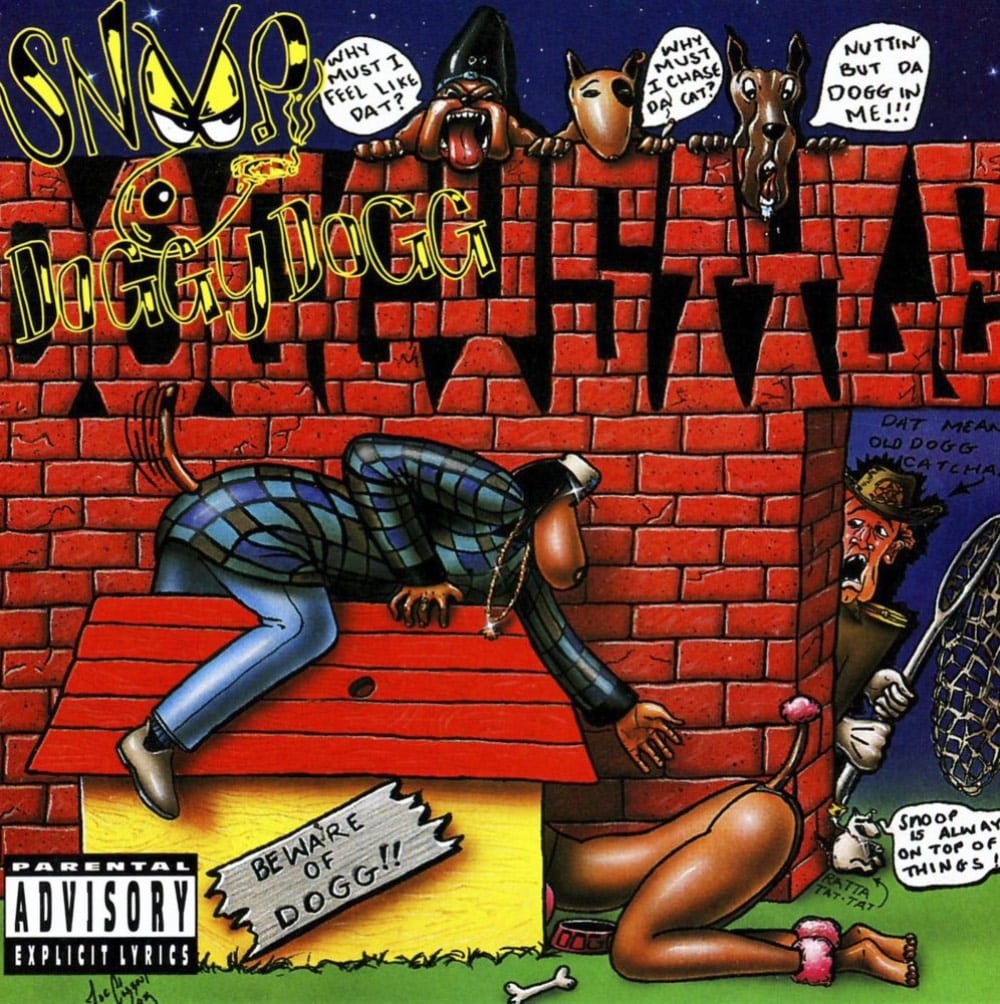
Released: November 23, 1993
The moment when young Snoop Doggy Dogg leapt from the shadow of Dr. Dre’s The Chronic and firmly staked his claim in the rap pantheon. Dropping in ’93, Doggystyle was more than just an album—it was a whole mood, a G-funk symphony that had the whole world crip-walking. With Dre handling the production, Snoop’s silky-smooth flow painted vivid pictures of life in the LBC. Whether it was the infectious hook of “Gin and Juice,” the storytelling prowess of “Murder Was the Case,” or the sheer bravado of “Who Am I? (What’s My Name?),” Snoop proved he wasn’t just any MC – he was a generational talent. It’s no surprise that Doggystyle is regarded as one of the crown jewels of gangsta rap; it encapsulated the West Coast sound and swagger. And while the landscape of hip-hop has shifted countless times since its release, the impact and sheer audacity of Doggystyle remain undeniable.
5. Ice Cube — Death Certificate
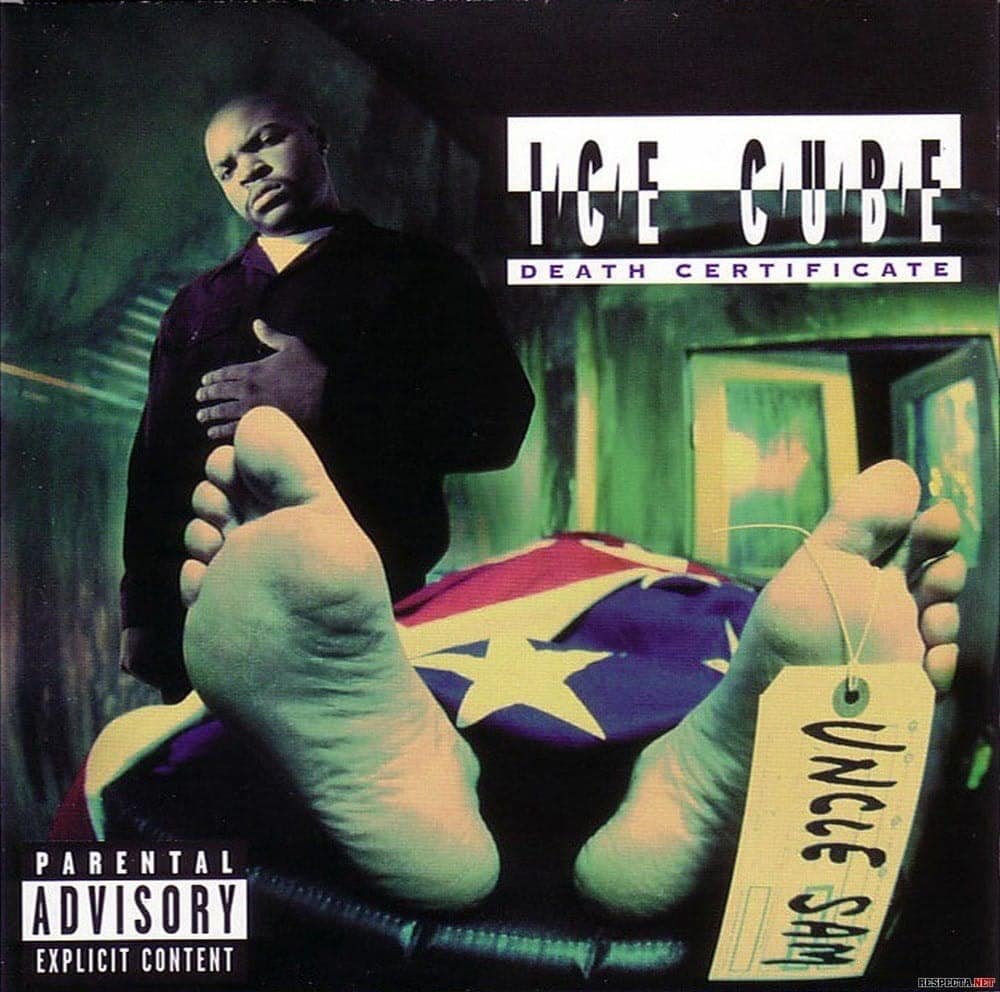
Released: October 29, 1991
At its core, Death Certificate was a mirror held up to America, reflecting the rage, frustration, and socio-political commentary that Cube had become the voice for. The duality of the album, with its “Death Side” and “Life Side”, took listeners on a journey from the visceral streets of LA to introspective tales of Black America. Unforgettable songs like “No Vaseline” were scathing and direct, leaving no room for subtlety, while “A Bird In The Hand” and “Alive On Arrival” shed light on the struggles of inner-city life and systemic racism. Cube’s lyrical prowess, combined with The Bomb Squad’s incendiary production, made Death Certificate not just a landmark in gangsta rap, but a monumental piece in the broader hip-hop narrative. It’s a testament to Cube’s legacy that, even after all these years, the album’s messages remain as relevant and hard-hitting as they were back in ’91.
4. 2Pac – All Eyez on Me

Released: February 13, 1996
Fresh out the pen and fueled by a new alliance with Death Row Records, Pac crafted a double-disc masterpiece that transcended gangsta rap. This was the essence of Tupac Shakur: multi-faceted, passionate, and raw. From the defiant energy of “Ambitionz Az a Ridah” to the introspective waves of “Life Goes On,” 2Pac painted every shade of his life, blending street tales with profound musings on love, loyalty, and legacy. “California Love,” a West Coast anthem for the ages, saw Pac and Dre celebrating their territory with unmatched swagger. Yet, it’s tracks like “I Ain’t Mad At Cha” that showcase Pac’s depth, effortlessly weaving between anger and empathy. All Eyez on Me wasn’t just an album; it was a statement. 2Pac stood at the apex of his career, looking over the empire he’d built, making it clear he was the heart and soul of the West, and, in many ways, of hip-hop itself.
3. N.W.A. — Straight Outta Compton
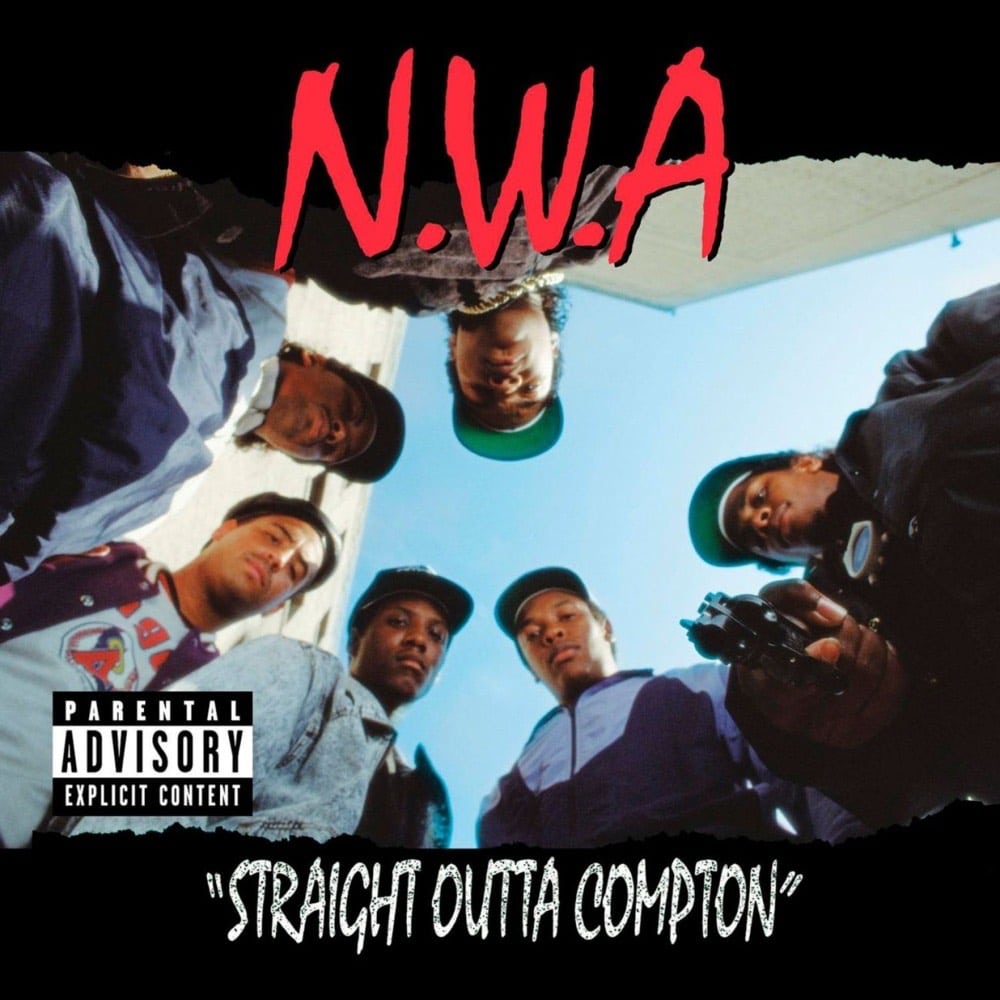
Released: August 8, 1988
When Eazy-E, Ice Cube, Dr. Dre, MC Ren, and DJ Yella burst onto the scene in ’88, they ushered in a new era that told the grim tales of the streets without sugarcoating. This was Compton’s narrative in its rawest form, tearing away any illusions about the city’s gritty realities. The titular track, “Straight Outta Compton,” is a defiant war cry, an anthem that roared from every speaker, declaring the group’s origins with pride. But it’s “Fuck tha Police” that shifted paradigms, challenging institutional racism with an audacity that shook the establishment. Beyond its socio-political weight, tracks like “Express Yourself” showcased lyrical dexterity, making it clear that N.W.A. wasn’t just about shock value. The beats, produced primarily by Dr. Dre and DJ Yella, laid the foundation for the West Coast’s sonic identity. Straight Outta Compton isn’t just a cornerstone of West Coast hip-hop, it’s the most important gangsta rap album of all time.
2. Dr. Dre – The Chronic
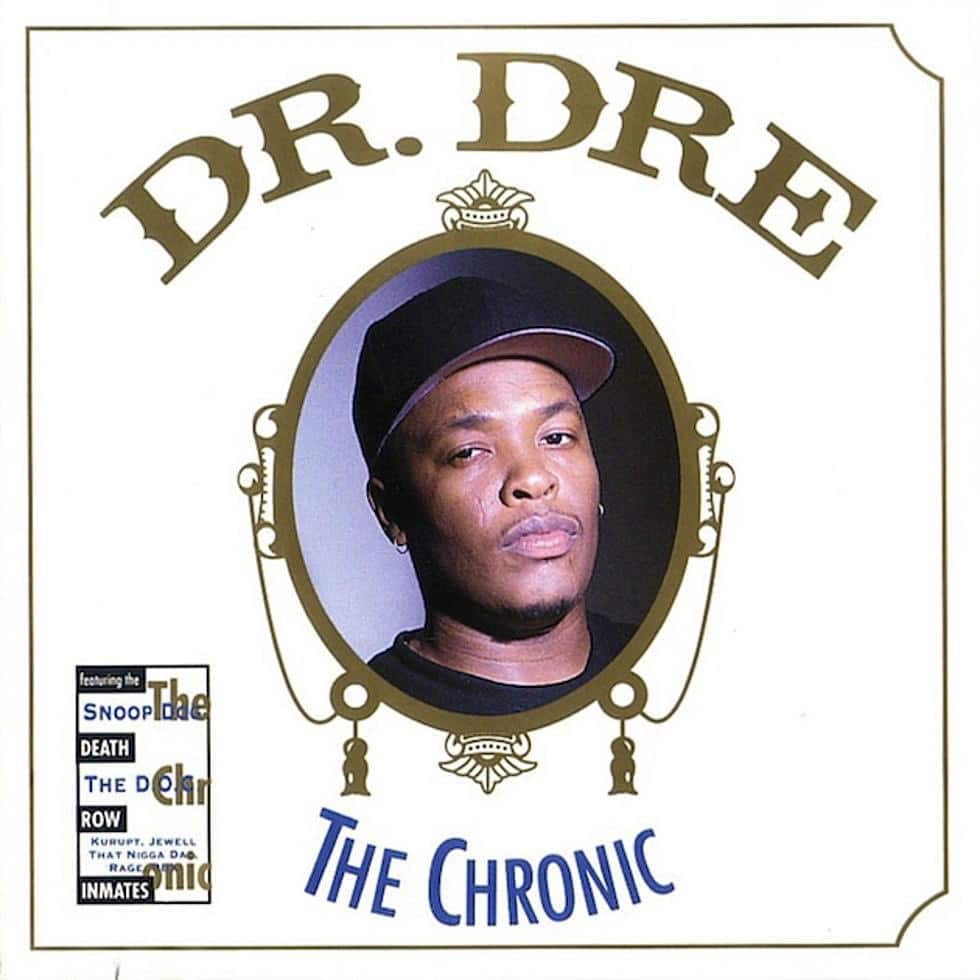
Released: December 15, 1992
Dr. Dre’s The Chronic is an epochal moment in gangsta rap, setting in stone the sonic blueprint for an entire era. When Dre split from N.W.A., he had a lot to prove, and with this magnum opus, he transcended expectations. The Chronic wasn’t just an album; it was the West Coast’s resounding answer to everything that had come before it. Introducing G-funk to the masses, Dre laced every track with dense layers of synths, slow-rolling basslines, and samples that were funked-out to the max. “Nuthin’ but a ‘G’ Thang” became the undisputed anthem of the ’90s, with Snoop Doggy Dogg making his indelible mark as Dre’s right-hand man. Tracks like “Let Me Ride” and “Fuck wit Dre Day” embodied the laid-back yet menacing vibe of LA’s streets. The Chronic was more than just music; it was an environment, an ambiance. Dr. Dre didn’t just craft an album; he gave birth to an era, transforming the sonic landscape of hip-hop and solidifying his legacy as one of the game’s paramount architects.
1. Ice Cube — AmeriKKKa’s Most Wanted
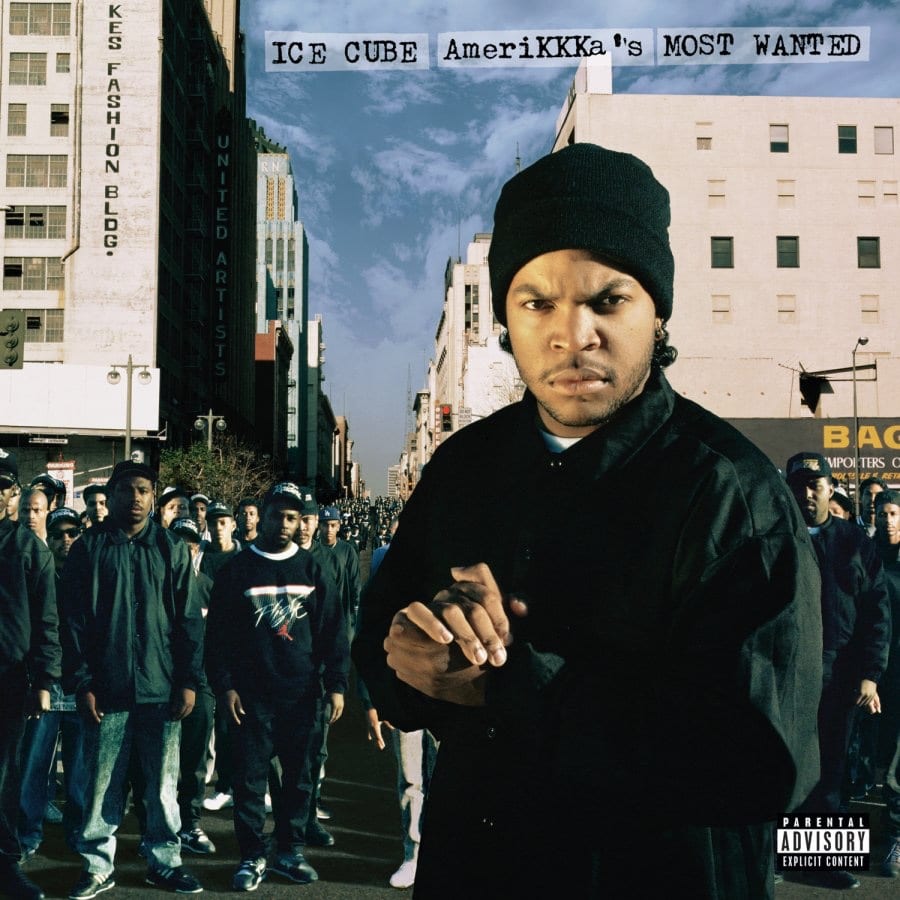
Released: May 16, 1990
There are few albums as iconic in the history of gangsta rap as Ice Cube’s AmeriKKKa’s Most Wanted . When Cube split from N.W.A., many questioned whether he’d stand tall as a solo act. But, lord, did he respond. Ditching the West Coast sound for a minute, Cube hooked up with the Bomb Squad, Public Enemy’s production team, and together, they crafted a soundscape that was as chaotic as it was compelling. The album was a fiery, unapologetic critique of systemic racism, police brutality, and societal ills plaguing Black America. With joints like “The Ni**a Ya Love to Hate” and “Once Upon a Time in the Projects,” Cube laid bare his thoughts, unfiltered and raw, setting the template for conscious gangsta rap. He wasn’t just a rapper; he became a voice, an emblematic figure shining a light on America’s underbelly. AmeriKKKa’s Most Wanted wasn’t just an album; it was a movement, a clarion call for the streets to rise, to be heard, to rebel. It cements Cube’s legacy as one of gangsta rap’s most profound and influential voices.
